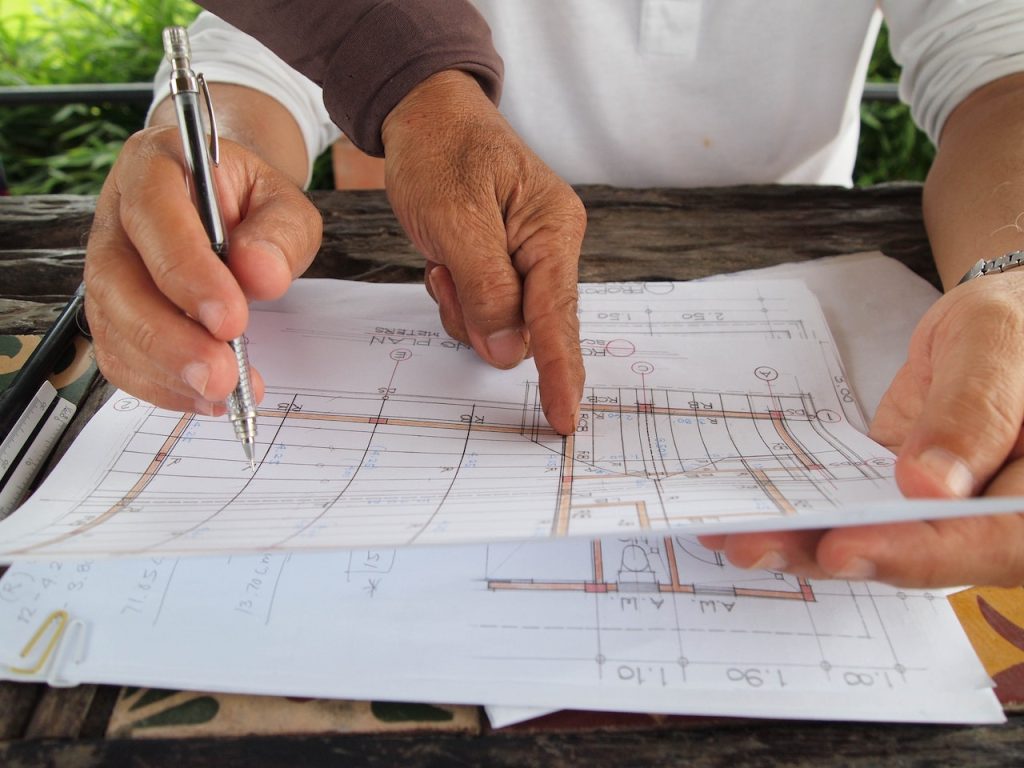Just because a revision of your engineering or architectural drawing is superseded, doesn’t mean you can forget about it. In fact, if you don’t archive superseded drawings, you could be setting yourself up for big trouble. Here are four reasons why you need to archive your superseded drawing revisions.

1. To maintain design history and traceability
Any good design control system will require you to maintain previous version or revisions of your drawings. It is probably the most fundamental part of the design control process. We’ve written previously about the need for your design process to be like a story, well the drawing revisions are like chapters in your story.
There is nothing more frustrating than looking at a drawing and realising something has changed that your didn’t pick up before. Without the archived copies of the previous revisions it would be impossible to track down exactly when and why the change occurred. Traceability of drawing changes is crucial when working in a team environment.
2. Keep previous ideas for future reference
Just because your drawing has been revised it doesn’t mean it’s worthless. The change may have just been because the client changed their mind. Your previous version is a snap shot in time that may be useful again for many purposes. A different client may look at your current revision of the drawing and request a change that is in effect rolling back to a previous revision. To be able to do this quickly and cleanly it is super important to be able to find and use that previous revision easily.
Think of your library of archived revisions as your creative treasure chest. You should be able to dive back into it to get inspiration and reuse good parts of obsolete drawings. The work that was put into the drawing revisions should not be wasted, you want to get every last dollar of value so you need to keep them accessible.
3. Avoid having to recreate obsolete drawings from scratch
If you only maintain a system where only the most current revision of a drawing is available you may find that you have to mark-up, explain or even recreate a previous revision to explain the difference to the current drawing revision. It is important to be able to tell a story about drawing changes over time. If you are missing a chapter you will have to fill in the blank by rewriting it and that is a waste of time and resources.
Why recreate something that can be preserved in it’s original format? To encourage your engineering or architectural team to do this you need to make the archiving and updating of drawings as easy as possible. If it’s not easy it will be done poorly or even not at all. If you are unsure of exactly where your previous revisions are, and how they fit into the story connecting to the current drawing revisions, you’re in for a headache.
4. Maintain compliance with standards and specifications
Sometimes you won’t just be maintaining an archive of previous revisions because you know it’s a good idea (of course it is). But you may be required from a compliance perspective to maintain a design control system, which will naturally include drawing revisions. In the context of an ISO 9001 certified quality system, you must demonstrate evidence of controlled “Design and Development Changes”. This means documenting your full design and development change process, which definitely includes keeping track of, and a copy of, your previous drawing revisions.

If you don’t archive your superseded revisions, you’re going to have a hard time finding the right drawing when you need it. DWG Register archives all of your previous revisions for easy access, so that you can find the right one when you need it. Sign up for a free trial and see how easy it is to keep your drawings organised!